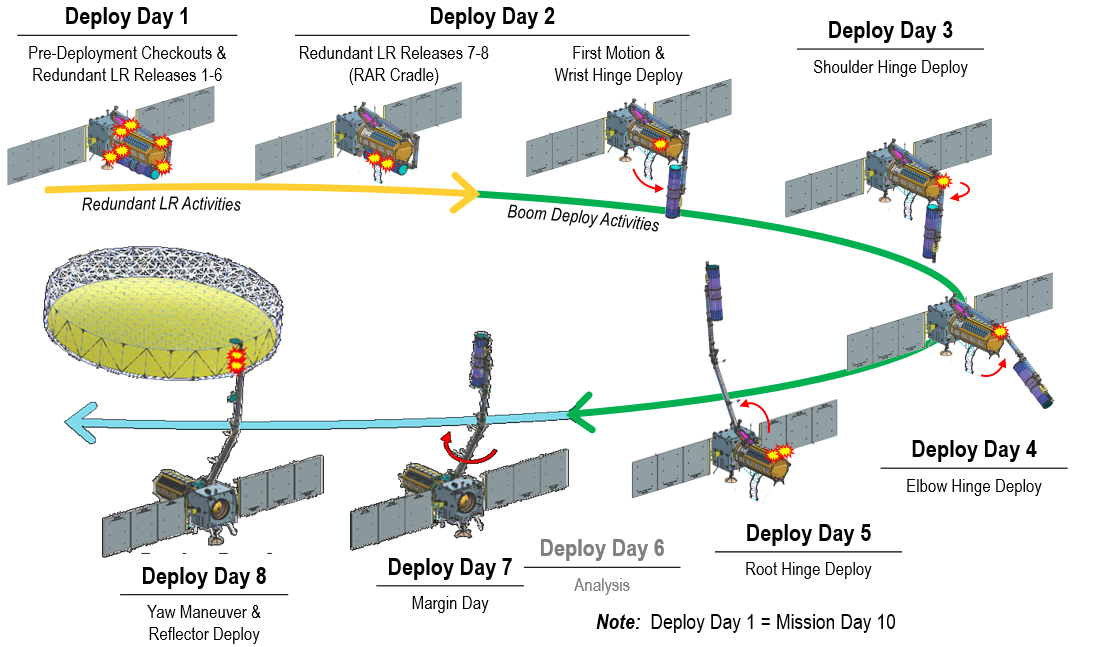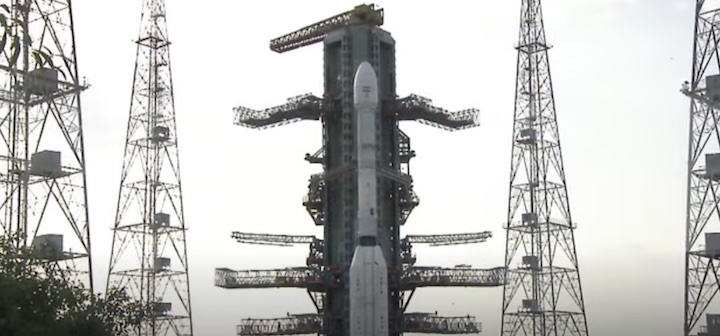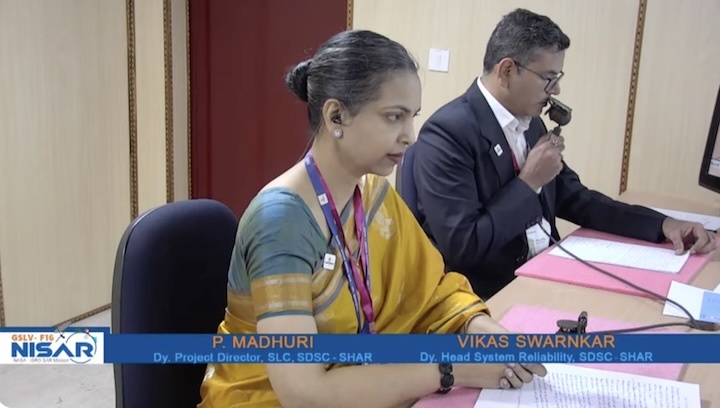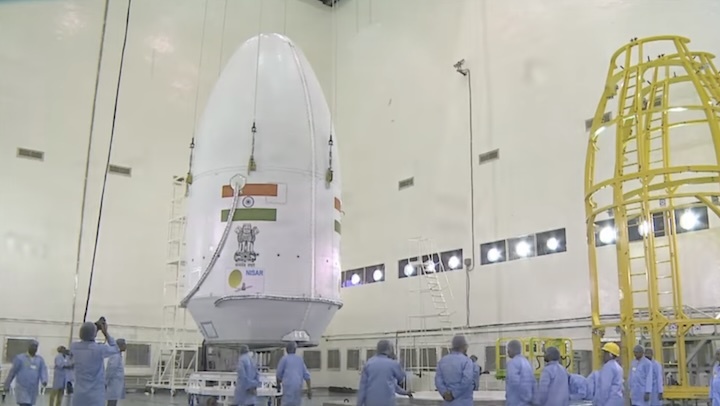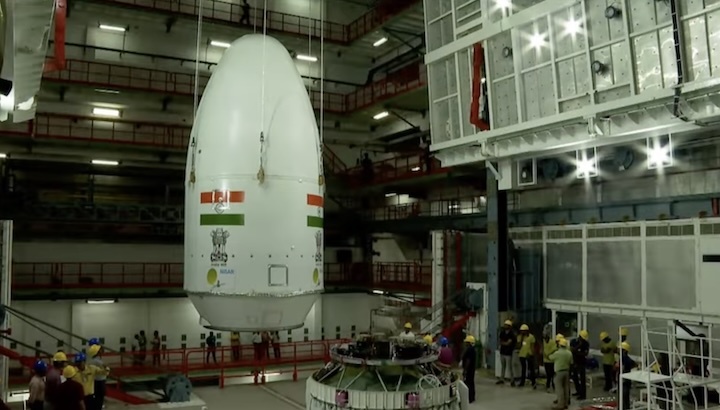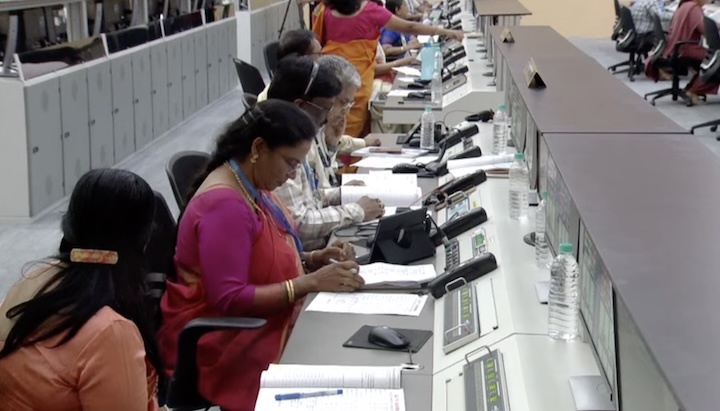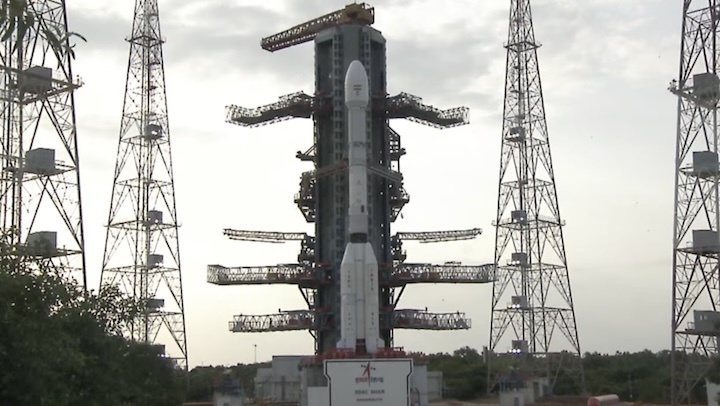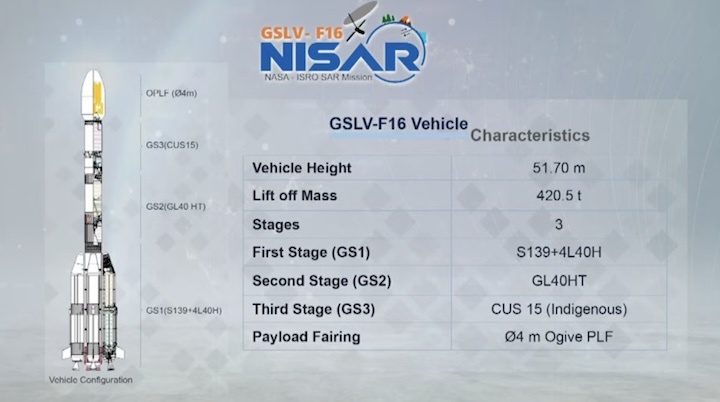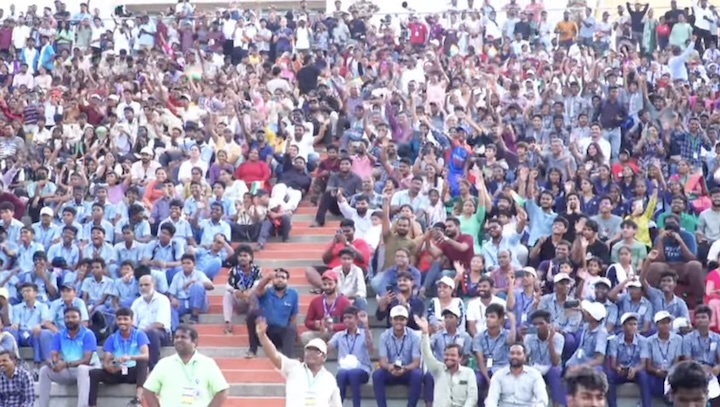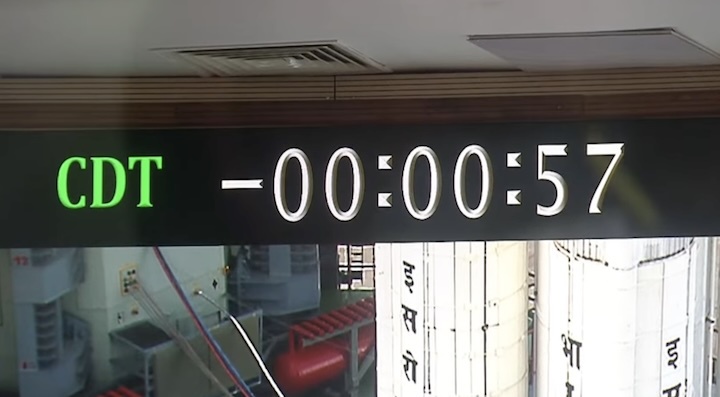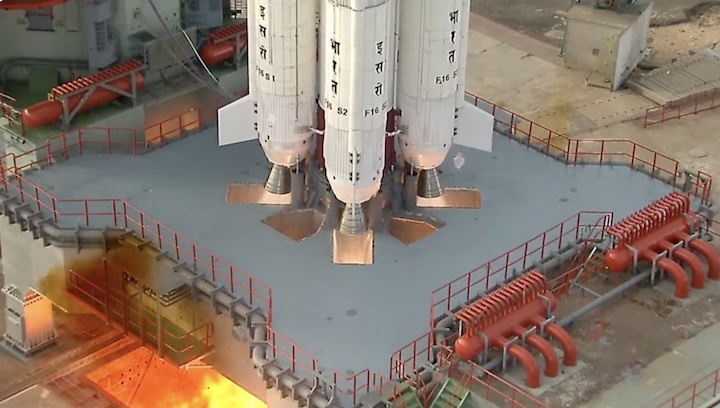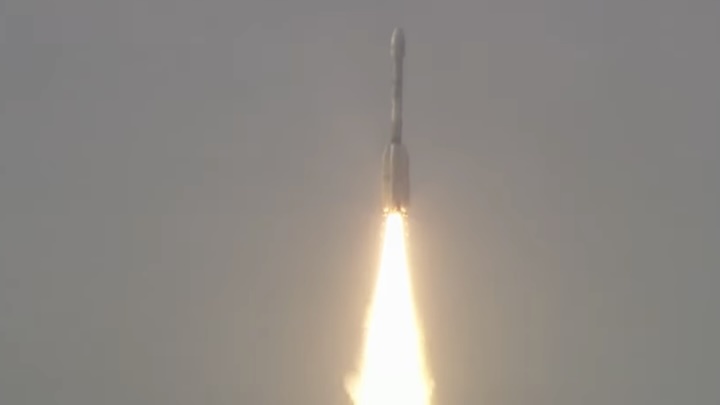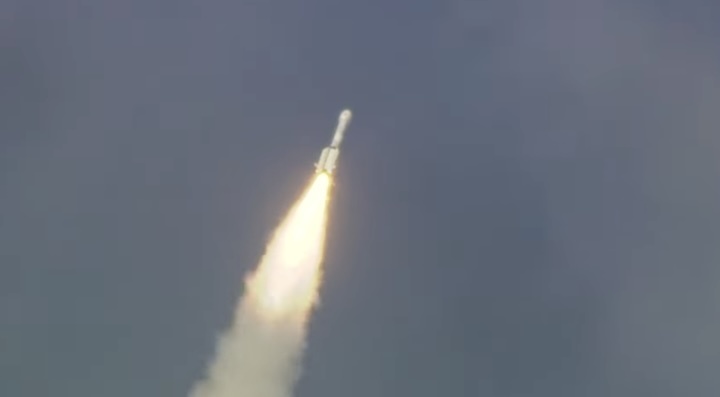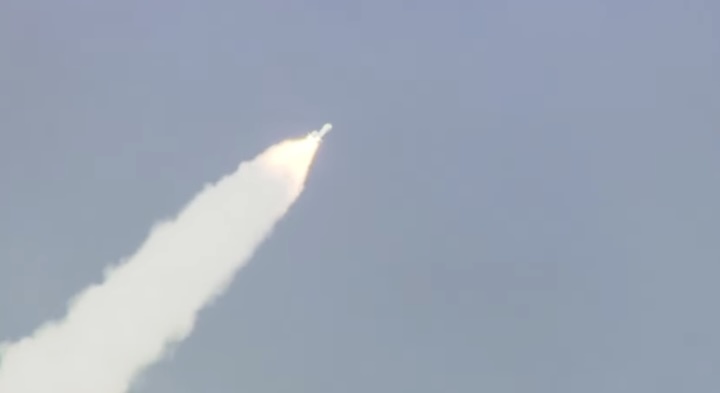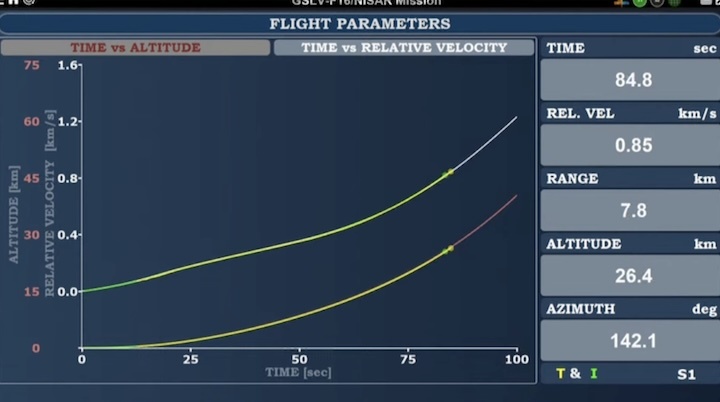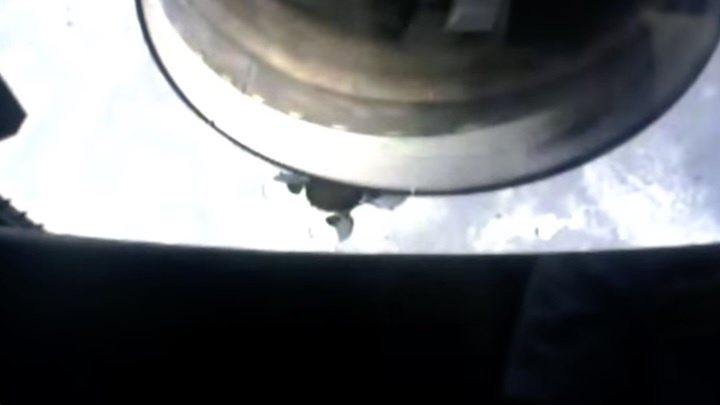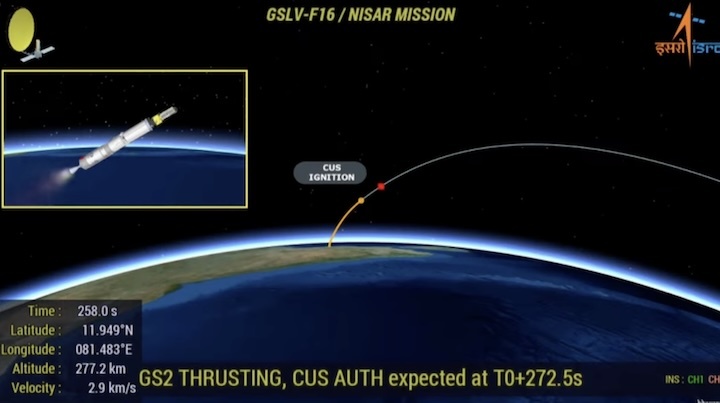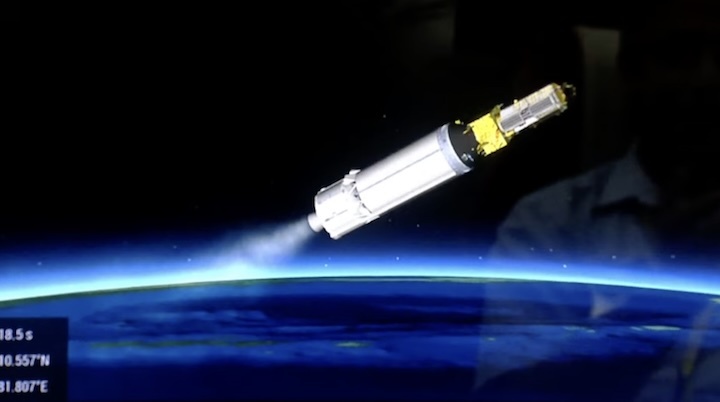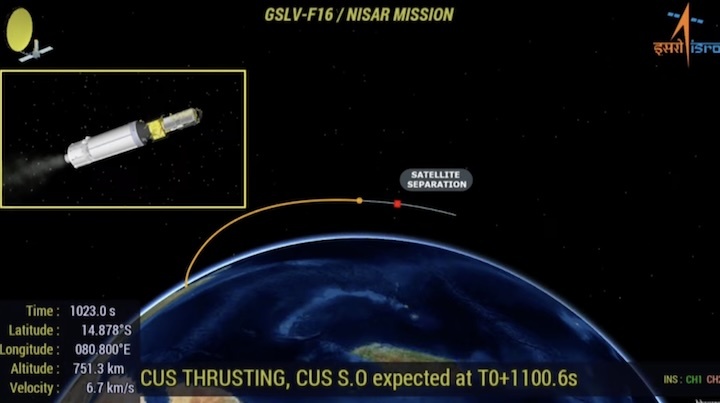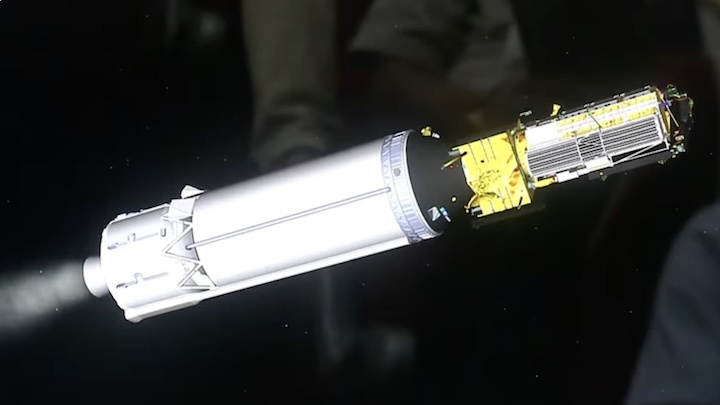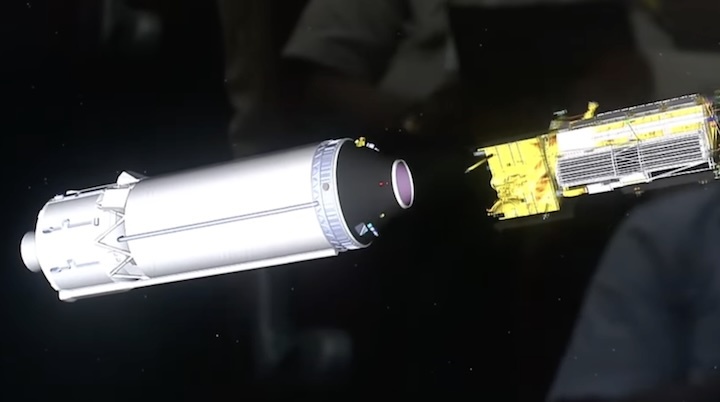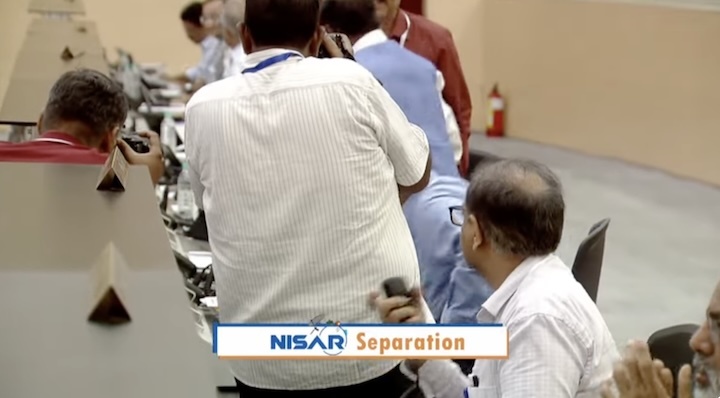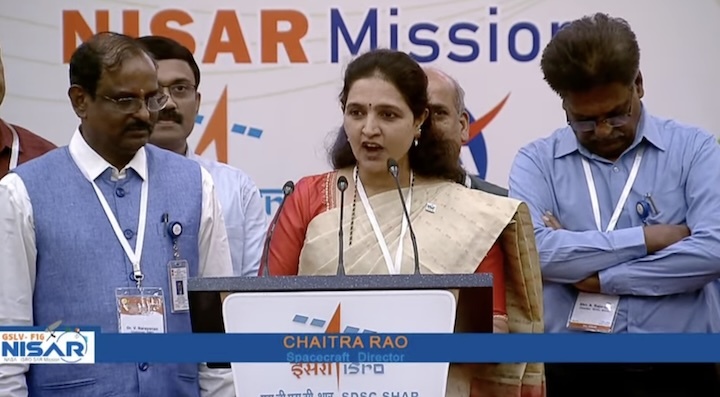19.05.2025
ISRO-NASA NISAR mission to be launched in June
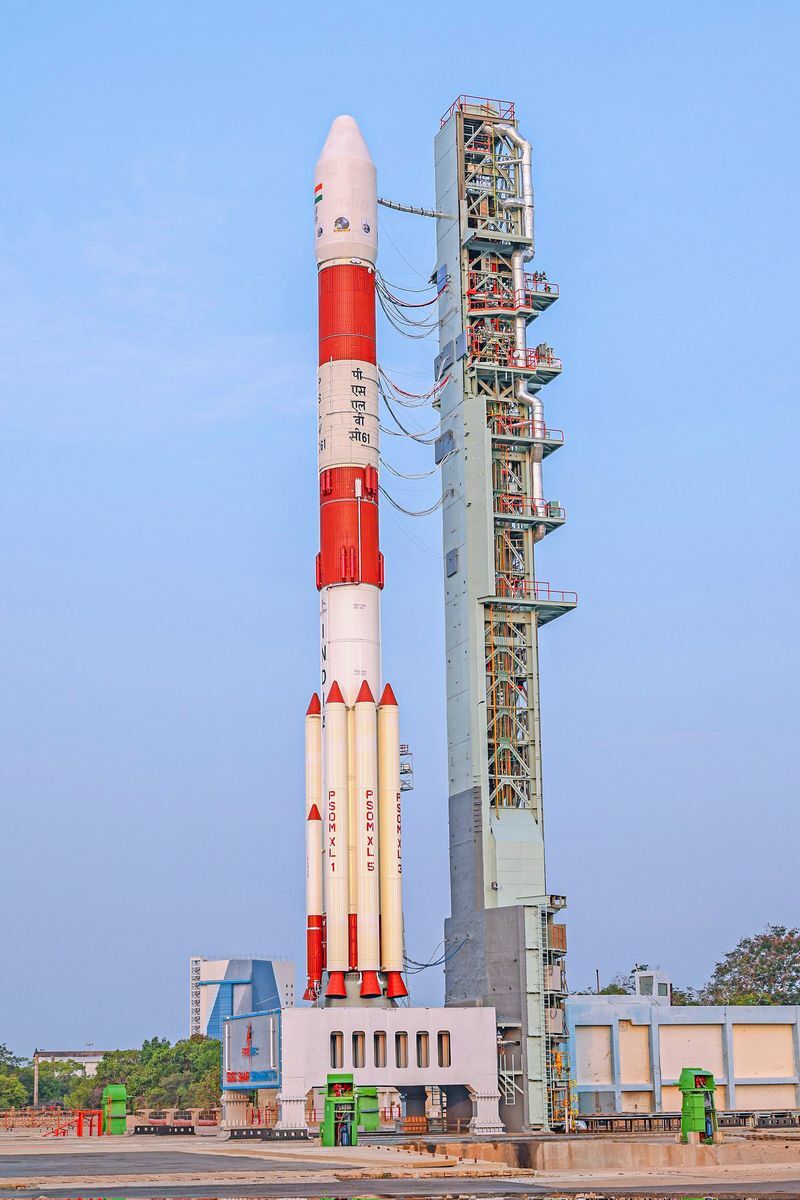
NISAR is a joint partnership between the National Aeronautics and Space Administration (NASA) and ISRO. The mission will measure Earth’s changing ecosystems providing information about biomass, natural hazards, sea level rise and groundwater.
For the mission, NASA will provide engineering payloads for the mission, including a payload data subsystem, high-rate science downlink system, GPS receivers and a solid state recorder.
“ISRO offers the NISAR Utilisation Programme (NISAR UP), an opportunity for Indian researchers and scientists to access, analyse and interpret the data from the NISAR satellite mission,” ISRO said.
The synthetic aperture radar (SAR) can provide important information to improve situational awareness and crisis response capabilities related to a range of issues, including maritime security, infrastructure health, natural disaster resilience and transportation. NISAR will offer vital data to observe and study Earth’s intricate processes. It aims to study ecosystems, cryosphere, solid earth science and coastal ocean processes to address global environmental changes and natural hazards. It supports disaster response by providing rapid access to relevant data.
The satellite was originally scheduled to be launched in the first half of 2024. However, the satellite that had been assembled largely in the US, arrived in Bengaluru in 2023 for final testing before being launched. It was found that antennae required improvements and the entire satellite was shipped back to the US. While no date has been confirmed, officials say the launch is in June.
Quelle: The Tribune
----
Update: 2.06.2025
.
ISRO is stacking GSLV rocket for NISAR launch
ISRO is prepping for the NISAR launch by stacking the GSLV rocket. The NISAR mission is a collab between NASA and ISRO, and will evaluate the health of the planet with global coverage every 12 days.
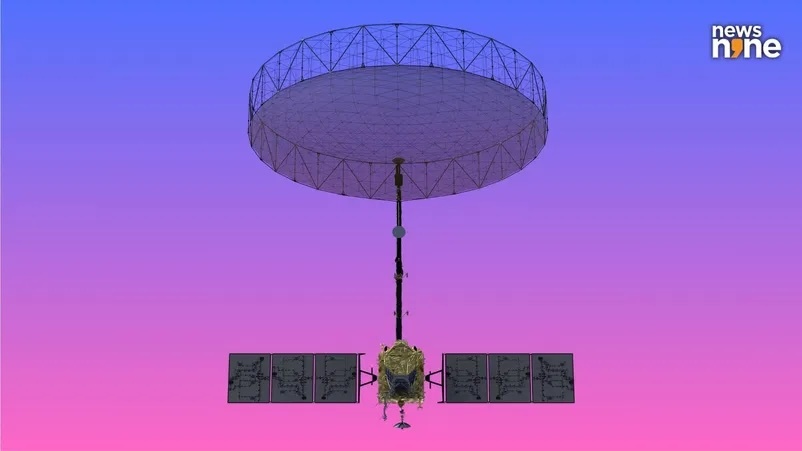
NISAR-Satellite
New Delhi: The Indian Space Research Organisation (ISRO) has noted in its monthly report that it has started stacking the Geosynchronous Satellite Launch Vehicle (GSLV) from 07 April, 2025, at its Satish Dhawan spaceport on the barrier island of Sriharikota. The launch is scheduled for the second half of June, with the earliest launch opportunity on 18 June. The second stage of the rocket was flagged off from the ISRO Propulsion Complex (IPRC) at Mahendragiri on 24 April, for transport to Sriharikota. The GSLV rocket uses a solid fuel first stage with four strap on boosters, a second stage that uses liquid fuel, and an indigenously developed cryogenic upper stage.
The payload, the NASA-ISRO Synthetic Aperture Radar satellite is the first collaboration of its kind between ISRO’s Space Applications Centre and NASA’s Jet Propulsion Laboratory. India and USA are each contributing one Synthetic Aperture Radar (SAR) payload for the satellite, which will be launched by the GSLV rocket. The satellite is packed away in a stowed configuration for the ride to space, and has to execute a complex series of deployments in orbit to reach its operational configuration. This includes the solar panels, a nine metre long boom, and a 12 metre wide radar antenna reflector.
A mission for a healthy planet
The NISAR mission has been in the works for over ten years. The SAR payloads on board will be able to peer through the clouds, with the capabilities of imaging the planet every 12 days. The high-profile mission is important for the planet as the instrument is capable of tracking the extent and movements of glaciers and ice caps, groundwater levels, and health of forests. The data will be crucial for ensuring industries and countries are complying to environmental norms, and guiding policy decisions. The NISAR mission has been repeatedly delayed for various reasons, but is now finally on the verge of deployment.
Quelle: news n9ne
----
Update: 23.07.2025
.
NASA, ISRO Earth Satellite Mission Set to Launch July 30
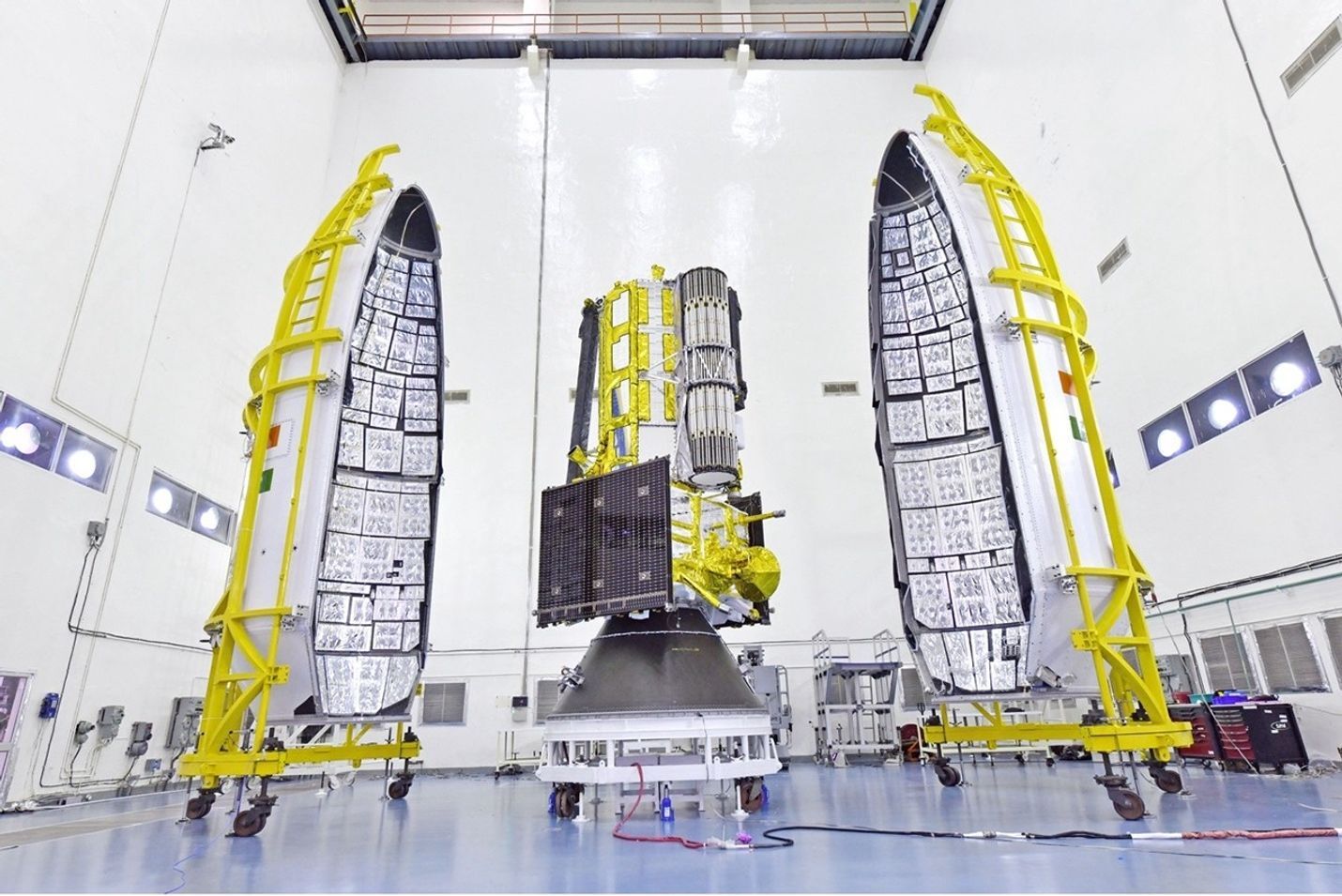
NASA and the Indian Space Research Organisation have set the launch readiness date for the NISAR (NASA-ISRO Synthetic Aperture Radar) mission for no earlier than Wednesday, July 30.
The Earth-observing satellite, which will be the first to carry L- and S-band radars, is set to lift off aboard an ISRO Geosynchronous Launch Vehicle from ISRO’s Satish Dhawan Space Centre in Sriharikota on India’s southeastern coast. Earlier this year, President Trump and Prime Minister Modi hailed NISAR is a critical part of a pioneering year for U.S. – India civil space cooperation.
NISAR will scan nearly all of Earth’s land and ice surfaces twice every 12 days. The mission will measure changes in the planet’s terrestrial ecosystems, growth and retreat of its ice sheets, glaciers, and sea ice, and tectonic deformation of its crust. The data will be accessible to all users across a range of disciplines, with potential applicability in disaster response, infrastructure monitoring, and agricultural decision support.
Quelle: NASA
----
Update: 26.07.2025
.
ISRO rolls out GSLV rocket to launchpad for NISAR launch
ISRO has rolled out the fully stacked GSLV F16 rocket to the launchpad to launch the NISAR satellite. The Earth-observation satellite is the first collaboration of its kind between ISRO and NASA.
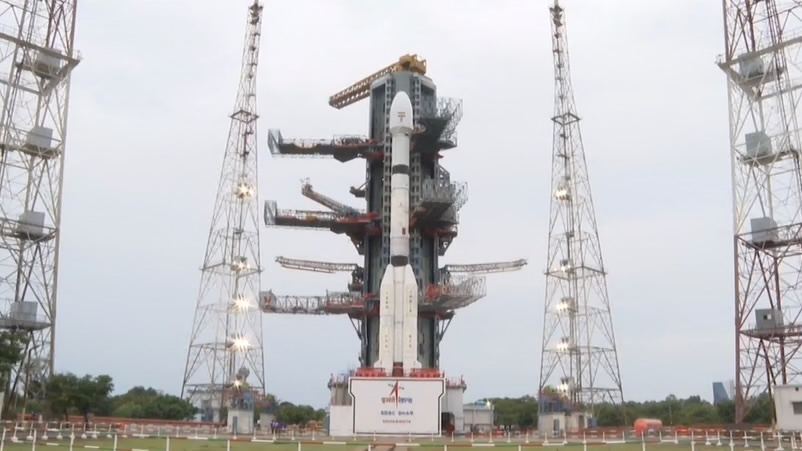
New Delhi: ISRO has rolled out the GSLV-F16 rocket to the launchpad from the vehicle assembly building. The single payload on board is the NASA ISRO Synthetic Aperture Radar (NISAR) satellite, which is the result of the first collaboration of its kind between NASA’s Jet Propulsion Laboratory (JPL) and ISRO’s Space Applications Centre (SAC). The satellite has been in development since it was proposed by a committee in 2007, with JPL developing the innovative sweep SAR technology. JPL initially approached ISRO with the proposition for using India’s satellite and rocket to deploy their payload, but ISRO scientists negotiated a more equitable partnership, where SAC would be developing a payload as well.
The spacecraft uses a deployable radar reflector antenna that measures 12 metres across, that is on top of a nine metre long boom. It will take several days after the launch of the mission to deploy this radar reflector antenna. The antenna will be used by two radar payloads on board, one made in India, and one made in USA. NISAR will be able to peer through clouds, in day and night, as well as vegetation, measuring precise changes in the land and ice. The unprecedented precision offered by the spacecraft is likely to result in novel applications that no one had imagined while designing the instruments.
A notorious launch vehicle
The Geosynchronous Satellite Launch Vehicle (GSLV) has a spotty launch record, with the GSLV-F06 mission exploding in midair shortly after liftoff in 2010. The GSLV is the tallest rocket in ISRO’s operational fleet, with the smaller PSLV flying more often, and the more powerful LVM3 used for flagship missions or deploying constellations of satellites. The GLSV has proven to be a challenging rocket to tame, but has somewhat redeemed its reputation in recent times. The entire NISAR mission is designed with multiple redundancies, with the boom, the radar reflector antenna, and the launch vehicle itself, being single points of failures. ISRO has scheduled the exciting GSLV-F16 launch for 30 July
Quelle: newsn9ne
----
Update: 29.07.2025
.
NISAR – NASA ISRO Synthetic Aperture Radar Mission
+
Objective:
NISAR is the first of its kind mission, jointly developed by ISRO and NASA. It is an L and S-band, global, microwave imaging mission, with capability to acquire fully polarimetric and interferometric data.
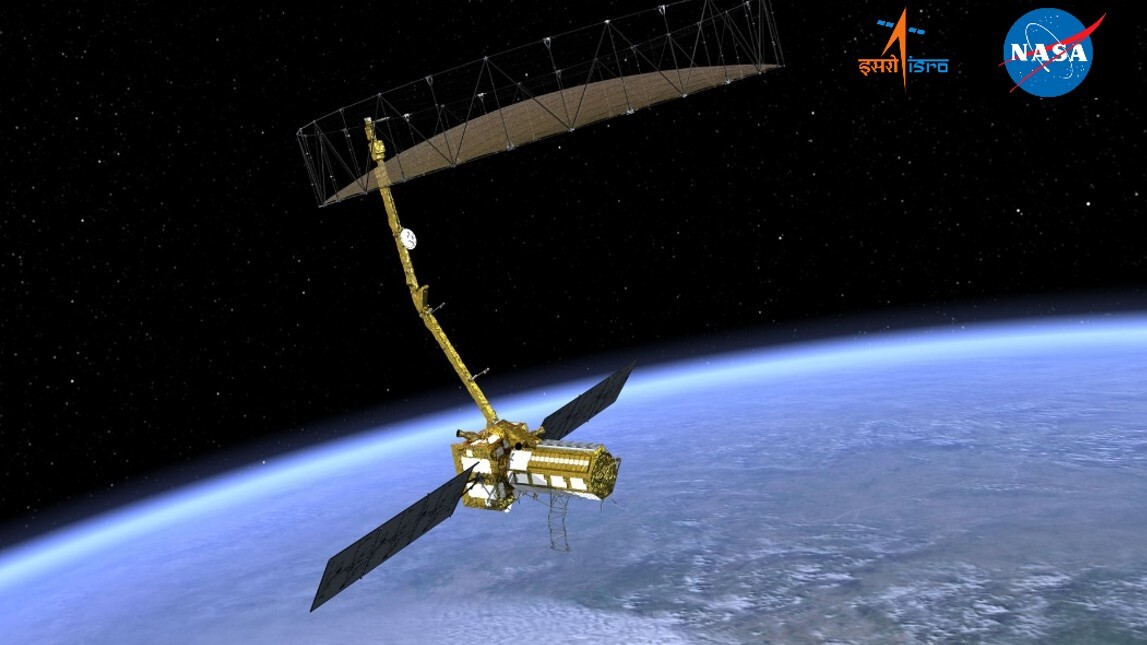
The unique dual-band Synthetic Aperture Radar of NISAR employs advanced, novel SweepSAR technique, which provides high resolution and large swath imagery. NISAR will image the global land and ice-covered surfaces, including islands, sea-ice and selected oceans every 12 days.
NISAR mission’s primary objectives are to study land & ice deformation, land ecosystems, and oceanic regions in areas of common interest to the US and Indian science communities.
NISAR mission will help to
- measure the woody biomass and its changes
- track changes in the extent of active crops
- understand the changes in wetlands’ extent
- map Greenland’s & Antarctica’s ice sheets, dynamics of sea ice and mountain glaciers
- characterize land surface deformation related to seismicity, volcanism, landslides, and subsidence & uplift associated with changes in subsurface aquifers, hydrocarbon reservoirs, etc.
Spacecraft Configuration
The Spacecraft is built around ISRO’s I-3K Structure. It carries two major Payloads viz., L & S- Band Synthetic Aperture Radar (SAR). The S-band Radar system, data handling & high- speed downlink system, the spacecraft and the launch system are developed by ISRO. The L-band Radar system, high speed downlink system, the Solid-State Recorder, GPS receiver, the 9m Boom hoisting the 12m reflector are delivered by NASA. Further, ISRO takes care of the satellite commanding and operations, NASA will provide the orbit maneuver plan and RADAR operations plan. NISAR mission will be aided with ground station support of both ISRO and NASA for downloading of the acquired images, which after the necessary processing will be disseminated to the user community
The data acquired through S-band and L-band SAR from a single platform will help the scientists to understand the changes happening to Planet Earth.
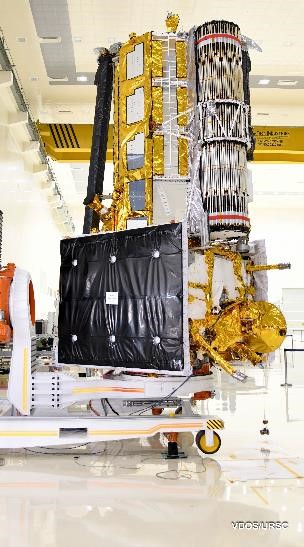
The Major Mission Configuration and Joint Work Share responsibilities are detailed below:
| Major Mission Characteristics (Joint Mission of ISRO & NASA) | |
|---|---|
| Mainframe Bus | I3K Structure with ~2400Kg Lift Off Mass 70V Bus 3-axis stabilized spacecraft |
| Imaging Payload |
|
| Orbit | Sun synchronous, Polar (6PM) |
| Orbit altitude | 747 km – Circular |
| Inclination | 98.405 deg |
| Launcher | GSLV Mk-II with 4m PLF |
| Mission Life | 5 Years |
The workshare of NASA and ISRO is as shown below
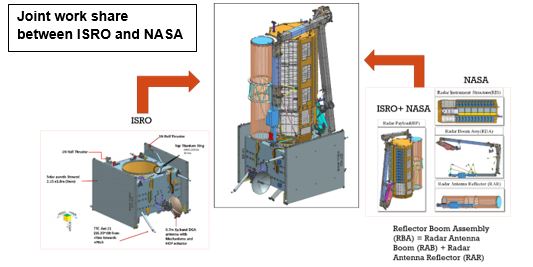
Realization of NISAR
The complex payloads and mainframe systems have been designed, developed, qualified and realised over a period of 8 to 10 years.
The S- Band SAR and L- Band SAR were independently developed, integrated and tested at ISRO and JPL/NASA respectively.
The Integrated Radar Instrument Structure (IRIS), consisting of S – Band and L – Band SAR and other payload elements were intergrated and tested at JPL/NASA and delivered to ISRO.
Mainframe satellite elements and payloads were assembled, integrated and tested at URSC/ISRO.
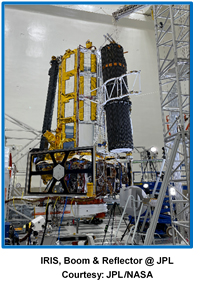

NISAR Mission phases:
NISAR mission phases can be broadly classified into: Launch phase, Deployment Phase, Commissioning Phase and Science Phase.
Launch Phase:
NISAR will be launched onboard GSLV-F16 launch vehicle on July 30, 2025 from ISRO’s Satish Dhawan Space Centre (SDSC), also referred to as Sriharikota High Altitude Range (SHAR), located in Sriharikota on the southeast coast of the Indian peninsula
Deployment Phase:
NISAR hosts a 12m dia large reflector which shall be deployed in-orbit 9m away from the satellite by a complex multistage deployable boom designed and developed by JPL/NASA.
Commissioning phase:
The first 90 days after launch will be dedicated to commissioning, or In-Orbit Checkout (IOC), the objective of which is to prepare the observatory for science operations. Commissioning is divided into sub-phases of initial checks and calibrations of mainframe elements followed by JPL engineering payload and instrument checkout.
Science Operations Phase:
The science operations phase begins at the end of commissioning and extends till end of mission life. During this phase, the science orbit will be maintained via regular maneuvers, scheduled to avoid or minimize conflicts with science observations. Extensive calibration and validation (CalVal) activities will take place. The observation plan for both L and S-band instruments, along with engineering activities (e.g., maneuvers, parameter updates, etc.), will be generated pre-launch via frequent coordination between JPL and ISRO.
